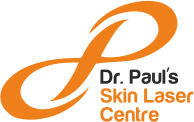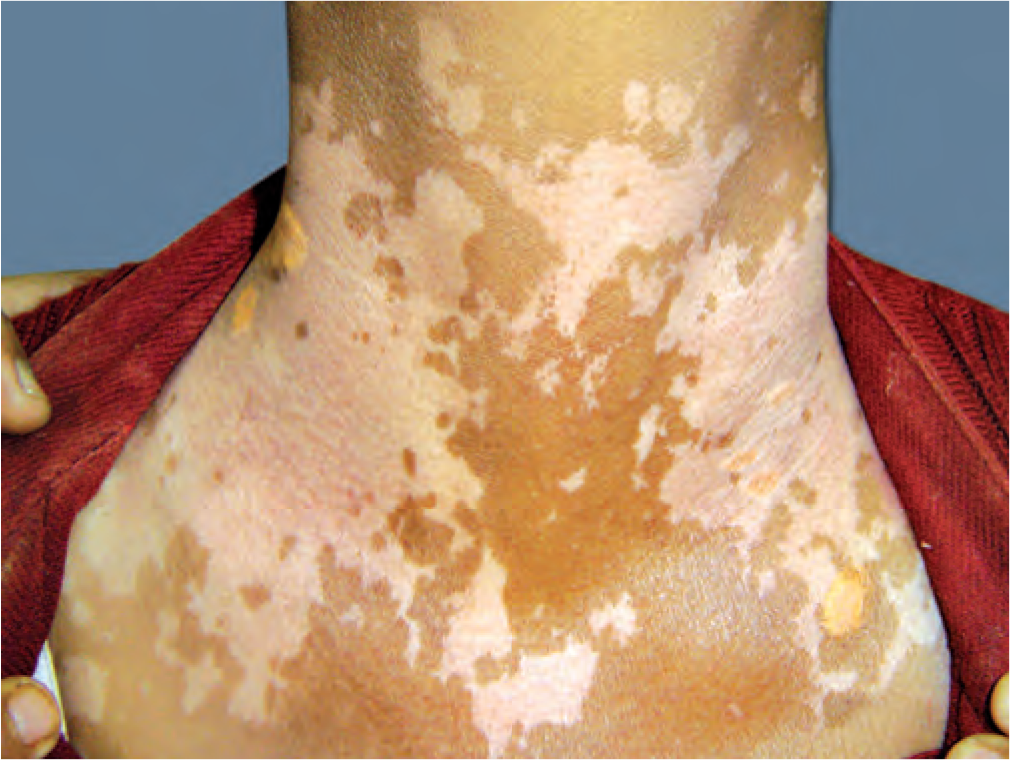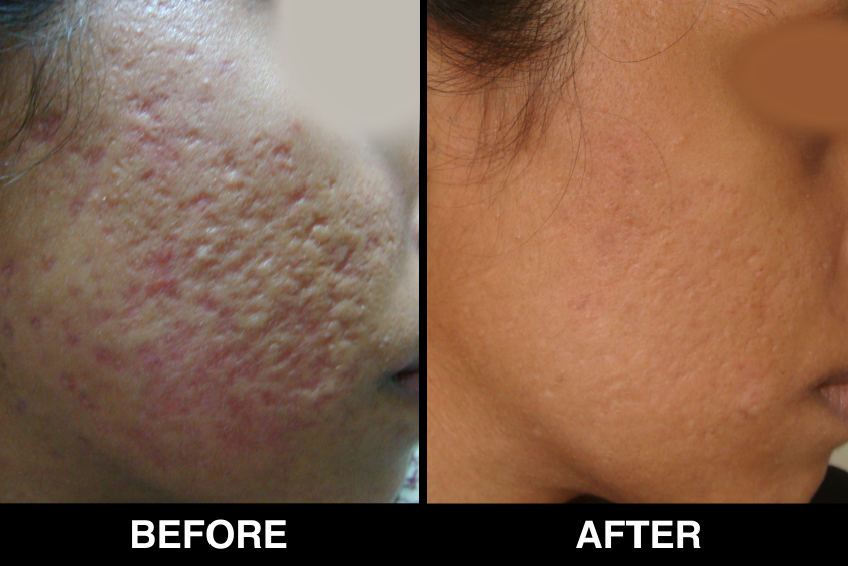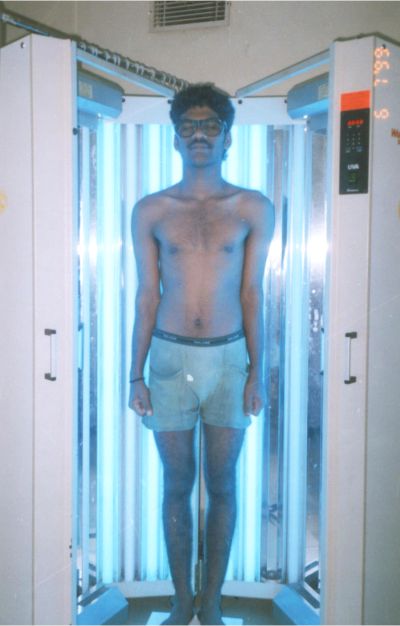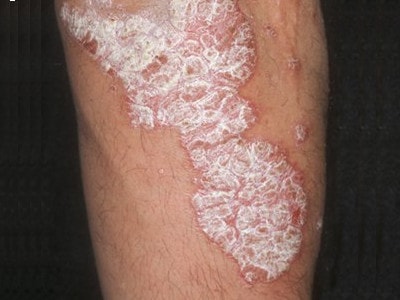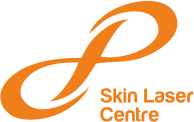Chemical Peels
A chemical peel is a technique used to improve the appearance of the skin which is not limited to the face and can be performed on the neck, chest, hands, arms, shoulders, and legs just about anywhere. A chemical solution is applied to the skin that causes it to exfoliate and eventually peel off. The new, regenerated skin is usually smoother and less wrinkled than the old skin.
Chemical Peels can enhance your appearance by reducing blotchy and uneven pigmentation, fine lines and wrinkles, freckling, age spots, sun-damaged skin, and acne scars in a relatively short period of time. Chemical peels stimulate the production of new cells. Enjoy fresh smooth skin!
Chemical peeling is a skin rejuvenation method with chemical application which helps to remove the superficial layers to deep layers of the skin along with the dead cells and blemishes.
Chemical peels are classified as superficial, medium and deep peels:
Superficial peels- This peel is designed to help smooth rough, dry skin, improve the texture of sun-damaged skin, and even out skin tone. The recovery is generally rapid and usually consists of minor flaking. A series of treatments is generally recommended to obtain the desired result over a period of time. Typically, there is no down time and with appropriate sun protection, you can resume regular activities immediately.
Medium peels- Medium peels often contain higher levels stronger acids. The best candidate for a medium peel is an individual with fair skin. Medium peels target the epidermis and upper dermis and cause the skin to slough within 5 to 7 day. Immediately after treatment the skin has a red appearance and is occasionally accompanied by swelling. Within a day, the skin turns brown in colour and after 3 or 4 days, the skin begins the peeling process. Even toned, fresh and smooth new skin is revealed with 7 to 10 days. This is good for pigmentation, scars, acne scars, wrinkles and uneven skin. This treatment can be repeated within 1 to 6 month time period, depending on the skin’s health and problems.
Deep Peels- Deep peels produce the most dramatic results. This peel is recommended for treating wrinkles, scars, blemishes and, in some cases, precancerous skin lesions. A deep peel targets the dermis. In some cases, anaesthesia is required during the procedure to reduce the warm to hot stinging sensation. Many layers of the skin will peel over a period of one to two weeks. An ointment may be given to keep the area moist. Temporarily, the new skin will have the colour and sensation of significant sunburn, which will gradually fade to your normal skin colour. This is excellent for deep uneven pigmentation, smoker’s wrinkles around the mouth, scars, age spots, acne scars and facial wrinkles. This treatment is usually done once in 6 to 12 months, depending on the skin health and problems targeted. The new skin which is revealed after the old skin peels off, is fresh, clean, even and baby smooth.
There are various kinds of peels (AHA’s and BHA’s):
Salicylic Acid Peel
Salicyclic acid is Beta Hydroxy acid(BHA).This is a start up peel. Various concentrations of Salicylic acid are used to bring acne under control. It is a keratolytic agent which unclogs pores and kills the acne causing bacteria. It also helps with blemishes left behind by acne. This is suitable for mild / moderate acne.
Glycolic Acid Peel
It is one of the most popular treatments of acne commonly found in face washes, acne creams (Glyco 6, Glyco A, Keracnyl, Avene Diacneal / Triacneal). Glycolic acid is an Alpha Hydroxy acid (AHA) helps with various skin conditions like acne, pigmentation, anti-ageing. It is for suitable for all degrees of acne.
TCA (Trichloroacetic acid) Peel
It is the strongest chemical peel and it may require administration of anaesthesia. The penetration of this peel is the highest in the skin level. This is one of the most effective peel. The healing time is the longest for this peel, it takes months. This is for severe acne.
TCA (Trichloroacetic acid) Peel
This is one of the strongest peels for acne because of the high concentration of acid ranging between 20%-50%. Unlike AHA and BHA peel ,this peel cannot be left on skin for long time because of the high concentration as it could lead to scarring and burning of skin. Normally it is left on the skin for a minute or two maximum. This peel is for hyper pigmentation issues like sun damage, acne marks, melasma. This is suitable for moderate/severe acne.
Fruit Acid Peel
Fruit acid derivatives like Citric Acid, Lactic Acid, Malic acid etc are also used along with salicylic and glycolic acid. It is a mild peel and helps with skin lightening.
Healing time is regeneration of new skin cells. It is different for different type peels. Normally AHA and BHA peels (Mild& Medium peels) are need 10-15 days. TCA/Phenol peels take a approximately 2 months or more since they are very strong deep peels.Only after this duration next session is done.
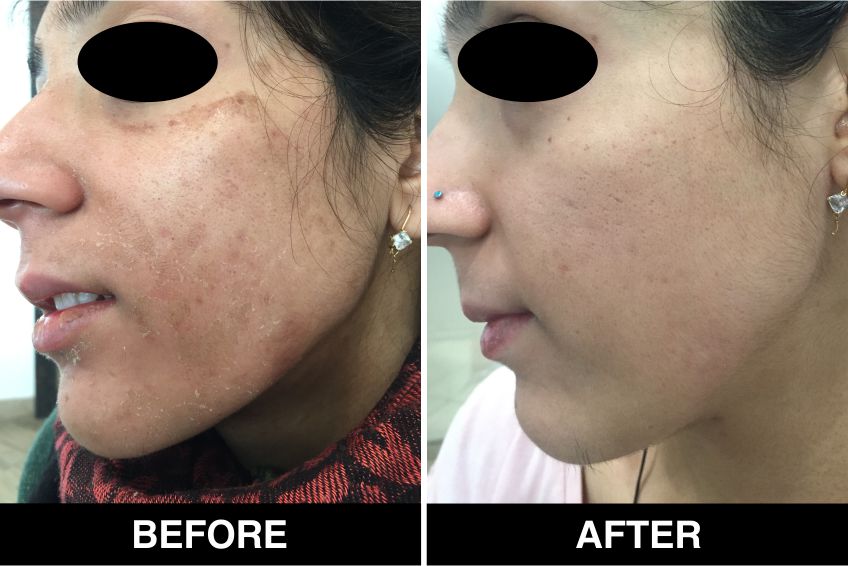
Chemical Peels FAQ’s
Chemical peels produce controlled injury to the skin, which promote growth of new skin and improved appearance. A variety of chemicals can be used as peeling agents and include glycolic, trichloroacetic (TCA), salicylic and resorcinol. The different chemical solutions produce different degrees of injury to the skin.
The results of a chemical peel vary depending on the peel that you receive. A superficial peel only slightly reduces the signs of aging and skin damage and the results are minimal unless used in cycles on a consistent basis. This way is generally the safer approach to take because you have less downtime and more peels can be used in a shorter amount of time. Typically it takes a few peels to start noticing a difference in blemishes. After one peel you should notice a difference in the texture and smoothness of your skin. It will feel much more refreshed after shedding the old dead skin cells off.
A chemical peel is a treatment in which an acid solution is used to remove the damaged outer layers of the skin. In performing chemical peels, physicians applyalpha hydroxy acids (AHA), trichloroacetic acid (TCA), or phenol to the skin.
Procedures may vary dependent on the type of chemical peel chosen. Skin is prepped using a medical degreaser to ensure the treated area is free of any oils left on the skin. The chemical agent is then applied and typically remains on the skin for 3 to 5 minutes. Most patients feel a mild stinging which is temporary and usually subsides after a few minutes. Some peels are designed to self neutralize and may remain on your skin for 2-4 hours.
Glycolic Acid Peels- Glycolic acid is derived from sugar cane and has the smallest and shortest molecular chain. Glycolic peels are mild peels and great for most skin types
Salicylic Acid or Beta Peels- Salicylic acid is derived from the bark of the willow tree. Unlike most acids it is oil soluble and is especially helpful in treating acne because of its ability to penetrate the follicle.
Lactic Acid Peel- Lactic acid is derived from sour milk and has a slightly larger molecular size and longer chain. It penetrates the skin a little slower than glycolic acid and has less chance of irritation.
TCA Eye Peels- For the delicate, thin skin above and below the eyes, mild TCA (trichloroacetic acid) chemical peels can produce a decrease in fine wrinkling, more even skin color and improved eyelid skin quality especially when done in a series.
Jessner's Peel- a peel made from salicylic acid, lactic acid and resorcinol, it's also good for blotchy pigment and oily skin and can be used on the back.
Book An Appointment






